Topic: Labor
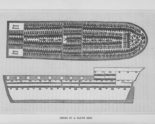

Media › image
Decks of a Slave Ship
This image of a slave ship reflects conditions aboard slave-trading vessels. Although the U.S. had banned the importation of slaves after 1807, other nations continued to engage in the slave...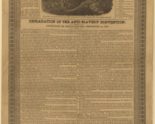

Media › document
Declaration of the Anti-Slavery Convention
This document is the Declaration of Sentiments issued in Dec. 1833 by the first meeting of the National Anti-Slavery Society. It was later published in William Lloyd Garrison’s abolitionist newspaper,...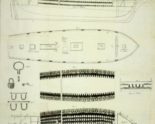

Media › image
Interior of the Slave Ship Vigilante
This image depicts the cramped and inhumane conditions existing on a slave ship. Although by 1829 both the U.S. and Britain had banned the international slave trade, other nations continued...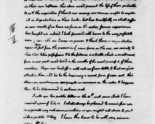

Media › document
Jefferson to John Jay
In this letter to John Jay, Jefferson discussed the economy of the newly independent American republic. He believed that, with plentiful land and markets for their produce, Americans could–and should–remain...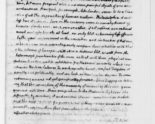

Media › document
Jefferson to William Short
In this self-serving letter to his former secretary, Jefferson contrasted the condition of slaves in the U.S. not with other slaves in other countries, but with European peasant laborers. He...

Media › image
Map of the Most Inhabited Parts of Virginia (Detail)
This cartouche, or shield-shaped design, is from a map produced by two Virginia surveyors, Colonel Joshua Fry and Peter Jefferson (father of Thomas Jefferson). By the mid-eighteenth century, British officials...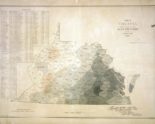

Media › image
Map of Virginia’s Slave Population, 1860
This map shows the distribution of Virginia’s slave population by county in 1860. The vast majority of enslaved people lived east of the Blue Ridge Mountains (in the darker-colored areas)....

Media › document
Samuel Eveleigh’s Reasons for Slave Labor
This letter is from a South Carolina merchant to a correspondent in London. He reports on conditions in the recently founded colony of Georgia. He notes his disagreement with the...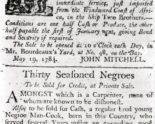

Media › document
Slave Advertisement
Colonial newspapers frequently carried advertisements for the sale of slaves. “Seasoned” slaves had spent time working in the Caribbean islands or elsewhere. Because they were presumed to have gained immunity...

Media › document

